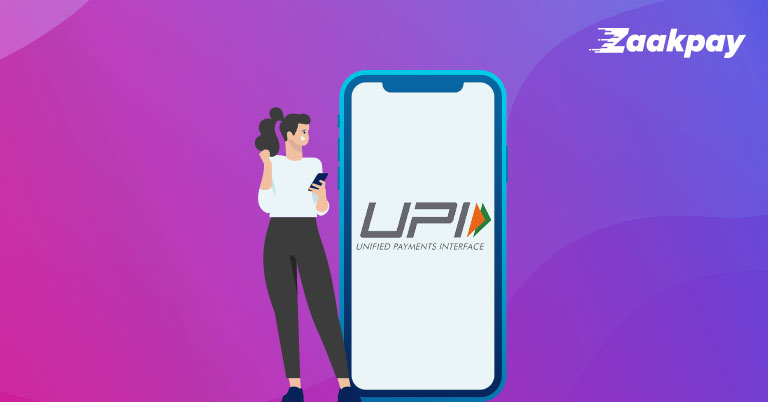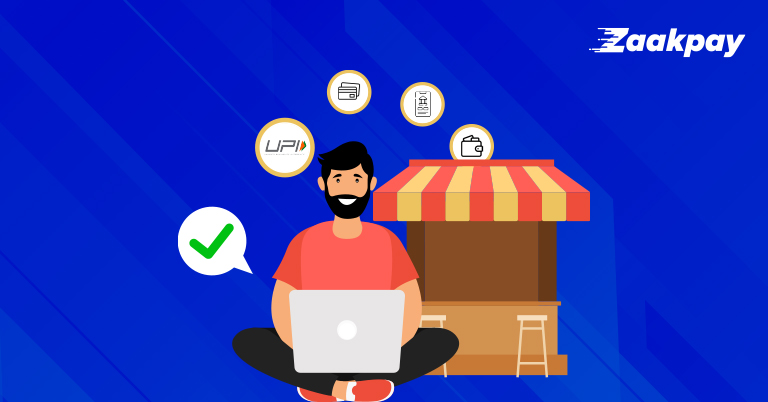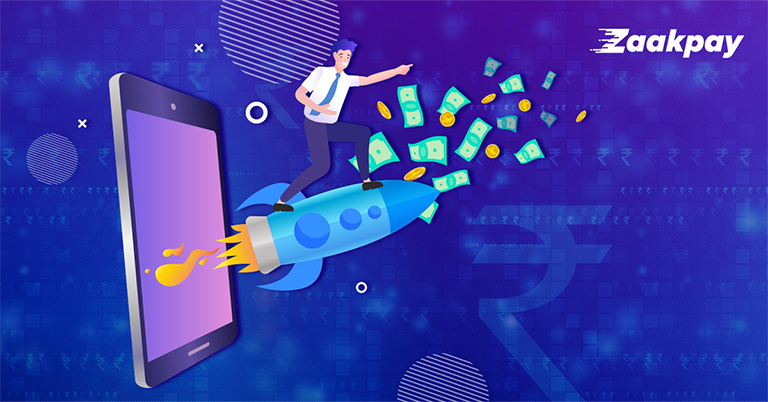India has taken a giant leap towards a cashless economy with the launch of UPI in 2016. The National Payment Corporation of India (NPCI) developed a payment model that permits smartphones to function as virtual debit cards. Thus, it has paved the way for its widespread usage for digital transactions. In addition, UPI facilitates money transfer instantaneously, opening up opportunities for digital payments beyond purchases. Finally, integrating the QR code into the model eliminates digital wallets. So, let us understand what the UPI framework entails.
What is UPI?
The Unified Payments Interface is an NPCI initiative to usher in instant mobile payments. The single umbrella is designed to merge several banking services and structured features. It facilitates real-time interbank transfers over the ubiquitous Smartphone using the mobile number or the UPI ID – the Virtual Payment Address (VPA). UPI is one of the most advanced, functionally easy, digital payment methods.
Features of UPI
UPI provides a simplified financial transfer mechanism loaded with security features. Its salient features are:
- UPI is the best online payment system and a total financial package conveniently used for online fund transfers in a simplified format. You can also use UPI payment links for easy transfers.
- The cheapest money transfer mechanism is made at stores, restaurants, and any UPI-enabled outlet integrated by Zaakpay which supports UPI payment gateway integration. You can pay utility bills, recharges, or food orders using UPI instantaneously.
- The funds are transferred using encryption, challenging tampering with technology.
- The 2-factor authentication, similar to OTP, ensures secure UPI fund transfers. However, MPIN replaces the OTP used in other digital payment options.
- Zaakpay payment gateway integrates it with the merchant’s in-house e-commerce software.
How to get started with UPI?
Getting on the UPI bandwagon is as simple as the payment model. All you must do is register to create a unique UPI ID or VPA and get going. Here are the steps to navigate through the process.
- First, install the UPI or the banking app from the Google Play Store or the Apple App Store.
- In the next step, choose the preferred language, verify your mobile number using OTP, and finally, select your bank account.
- Then, create your profile, inputting personal details, virtual ID, and password, among others. The virtual address stands for your payment address.
- Link your bank account to the just-created virtual ID.
- Next, you must create the MPIN (Mobile Personal Identification Number) to act as the security code for transacting.
- Finally, you are done and successfully registered to start operations.
How does the UPI work?
The primary advantage of using UPI for fund transfer is its simplicity. You do not need to remember complex information like account number and IFSC, among others, to remit funds online. On the contrary, you can choose the beneficiary’s Aadhaar number, registered mobile number, or UPI ID.
The UPI ID begins with the mobile number suffixed with the “@” symbol, followed by the subscribed app. Once the setup is complete, you can use UPI to transfer or receive funds online and from anyone on your contact list.
Advantages of UPI
Your UPI patronage makes the system one of the most popular digital banking tools. Therefore, let us look closely at all the services at your disposal and why it is a good choice:
- Cost-effective: The online system is one of the cheapest fund-transfer options in the market. The government provides the service free, enabling the smallest traders and business entities to embrace UPI payments.
- Safe and secure: The UPI payment system is a safe alternative drawing the consumers away from the fear of online transactions. Consumers were wary of parting with their payment resources, including card or bank account information. In contrast, you can transfer funds online by sharing the UPI virtual payment address only. Accordingly, the NPCI security protocols making it the most secure cashless payment platform are:
- During Verification: UPI identification is bound to your verified mobile number.
- During Transaction: MPIN based authentication is necessary to close the payment loop.
- During Other Party Authentication: You can check the merchant’s credentials and determine if its UPI is verified using a system-embedded feature to prevent fraud.
- Real-Time fund transfer: The UPI process is instantaneous compared to other online payment platforms. With the internet and mobile telephony penetration in every nook and corner, UPI scores over others with speed, accuracy, and convenience, turning the transfer virtually real-time.
- Replaces POS machines: The advent of UPI has rendered the store’s POS terminal redundant. For example, the checkout after purchases was hitherto routed through the POS terminal using cards for payment. On the other hand, the UPI allows you the same facility through an app on your Smartphone. In addition, you are not charged any transaction fee for the fund transfer, unlike card transactions. The UPI has thus been a boon to small-time grocers and vendors in your neighborhood – a people’s system, so to say, handling small amounts also.
- Link accounts across banks: UPI-linked bank accounts are not confined to a single bank. On the contrary, you can link any number of accounts across banks, making the system versatile for your needs.
- Interoperability Compatible: According to RBI directives, all UPI apps are QR Code compatible. The ban on proprietor QR codes will further strengthen the mechanism. Accordingly, RBI has fixed the 31 March 2022 deadline for shifting to the interoperable UPI payment gateway platforms. With the dominance of Smartphones in mobile telephony, QR code is expected to be the mainstay of India’s digital payment ecosystem.
- Wallet-Free solution: The digital payment space has gradually occupied e-wallets, dominating online purchases. From the consumer’s end, multiple wallets are far from compatible. In contrast, a single UPI app allows the consumer to transact anywhere. Moreover, unlike the digital wallets with preloaded balances, UPI accesses the resource only upon use, and your bank balance continues to earn interest.
Disadvantages of UPI
There are bound to be downsides for every system with upsides, and the UPI is no exception. However, the upsides far outweigh the downsides. Let us find out how:
- Instances of time-out during transactions are prone to delay in reversal. Sometimes, it takes up to 48 hours to restore the money to your source account.
- The permissible UPI transfer is limited to Rs. 1 Lac. It restricts your money transfer options through the mobile app.
- The MPIN comprising four to six digits must be elongated further for ensuring password security strength.
- The system is dependent on internet services, and uptakes are subject to speed fluctuations.
Conclusion
NPCI has been at the forefront of cashless payment initiatives, and UPI represents a robust infrastructure. The UPI system is simple, uncomplicated, yet a safe payment option through a mobile app. The system’s exponential growth is expected to touch over 500 million users shortly, making UPI the mainstay of India’s online payment ecosystem.
Follow Us on:

